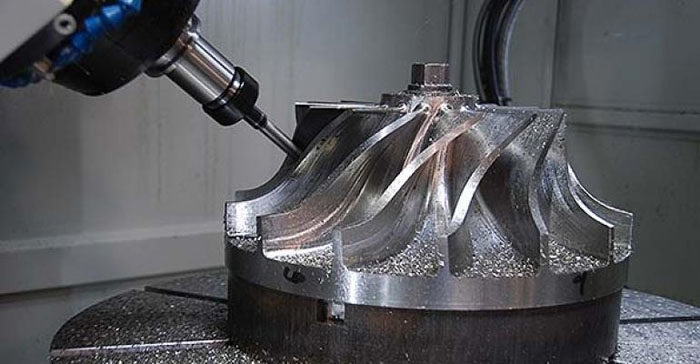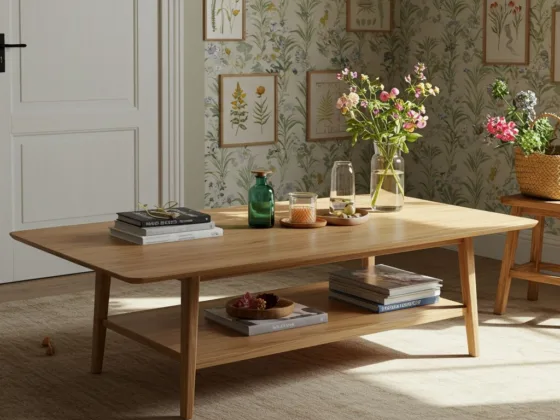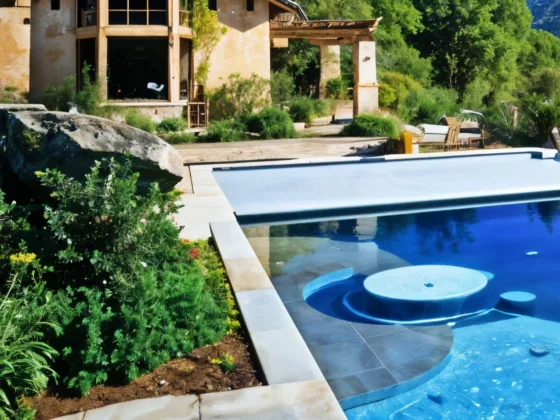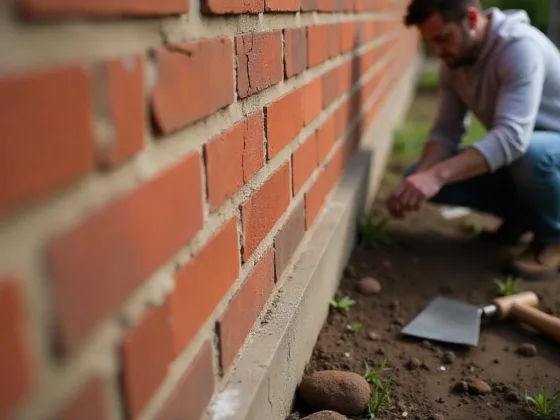Table of Contents Show
There are various prototyping techniques that are currently being used. One of these is 3D printing which involves printing out an already designed substance-using software such as openSCAD.
The files are then fed into a 3D printer through a computer and then printed out a single layer on top of the other thus producing the prototype.
Another widely used technique is the use of CNC machines which instead of producing layers, it removes pieces from the solid material based on the design files fed to the computer, to give the desired product. Here are a few things that you need to know concerning this method.

What are CNC Machines?
CNC stands for Computer Numerical Control. These are computer-controlled machines used in manufacturing industries to perform operations such as milling and grinding. They use special operating software programs.
Specifically, they are programmed using G-code which is a programming language that supports real operations based on motion. Due to this, they can perform a coordinated task with variables such as speed and precision being easily controlled as desired.
Since they are automated and easy to work with, they replace manually operated equipment such as grinders and millers. Still, there has to be qualified personnel who is highly trained and experienced to operate a CNC machine for rapid prototype CNC machining by issuing the appropriate commands.
How Do They Work?
As mentioned before, they work on the basic principle of removal of unwanted parts from the material leaving behind the desired product. This can be done in 3 ways, namely:
- Milling – the milling tool removes the extra parts from the block as guided by the computer. It is used mainly on large materials that are cumbersome to move around.
- Turning – as opposed to milling, here the material is the one being rotated as the extra parts get removed. Thus it is suitable for lighter materials, especially those that are cylindrical shaped.
- 5-axis – its operation is more like that of milling except the equipment is more flexible hence the tool can be used to create more intricate prototypes.
The process can be presented in simple terms as described below:
- Make the appropriate designs using CAD software that produces files compatible with the machine.
- Set up the connection between the computer and the machine then feed in the design files.
- Put the material to be operated on in place and then issue the commands for operation. Feel free to manipulate the equipment as need be until the required results are achieved.
- Remove the material
- Do the appropriate finishing techniques such as fabrication.
What are the Pros and Cons?
Just like all other techniques, the use of CNC also has pros and cons. Some of these are stated below.
Pros:
- The quality of prototypes produced is good enough to be presented in front of a panel or used to source funds from investors and so on. As opposed to other methods such as 3D printing which produces rough surfaces with some visible layers, CNC gives smooth surfaces.
- It produces parts that are mechanically tough thus can be used to produce parts to be used in injection molding. This is because it uses solid substances.
- There is a wide variety of finishing techniques that can be applied to the output. These include; polishing, painting, chrome-plating, anodization, and powder coating.
- The cost is cheaper than 3D printing and is appropriate for use requiring pricy materials. Human error can be kept to minimal levels since the equipment is very accurate. Hence the quality of prototypes produced is high.
- It is much more cost-effective and consumes less time where the nature of production is large scale and involves a similar repeated process such as cutting.
- It doesn’t require much human labor. As long as there is a qualified technician to issue the commands they can oversee mass production.
Cons:
- The machines cost a lot of money. This is why they are not suitable for small-scale production as it won’t be cost-effective. In comparison to 3D printers which can be purchased by an individual and used for personal work, they are very expensive hence are usually bought by large corporations.
- If care is not taken, there can be a lot of wastage. This is because the process involves the removal of parts. The milled out pieces are rendered useless. Where cutting is involved, if the pieces are not cut out well then they also go to waste. Therefore, the process can sometimes be uneconomical.
- The machines are relatively large thus they are cumbersome to transport and also require a lot of workspaces. Besides that, they are noisy hence might require that you soundproof the building to avoid disturbing those living nearby. This adds to the total cost.
- There are certain drawbacks when it comes to implementing the designs. For instance, the milling tool has a round-shaped end thus can’t produce squares with straight internal corners.
In addition, the tool is set to account for operation variables such as vibration that can cause deflections, hence can only mill through standard set depth to avoid errors. It is because of this that they don’t support drilling deep cavities.
The other drawback is that only certain undercuts can be performed on the material by the equipment as it only has access to the exterior parts, preferably the top.
All these have to be taken into account by the designers, which makes the work more expensive. Click here to read more about CNC machining.
Conclusion
CNC machining is an effective way to produce reliable prototypes in no time. It entails the use of computerized machines and simple processes collectively referred to as subtraction methods as they involve the removal of undesired parts.
Prototypes made using the machines have good properties that closely resemble those of the final product. This gives you further insight into what to expect in production.
Consider using this technique in the final stages of prototyping so as to avoid unnecessary errors and make it more economical. The type of materials used can also be used in actual production. For personal prototyping, you can get in touch with firms providing CNC services.











